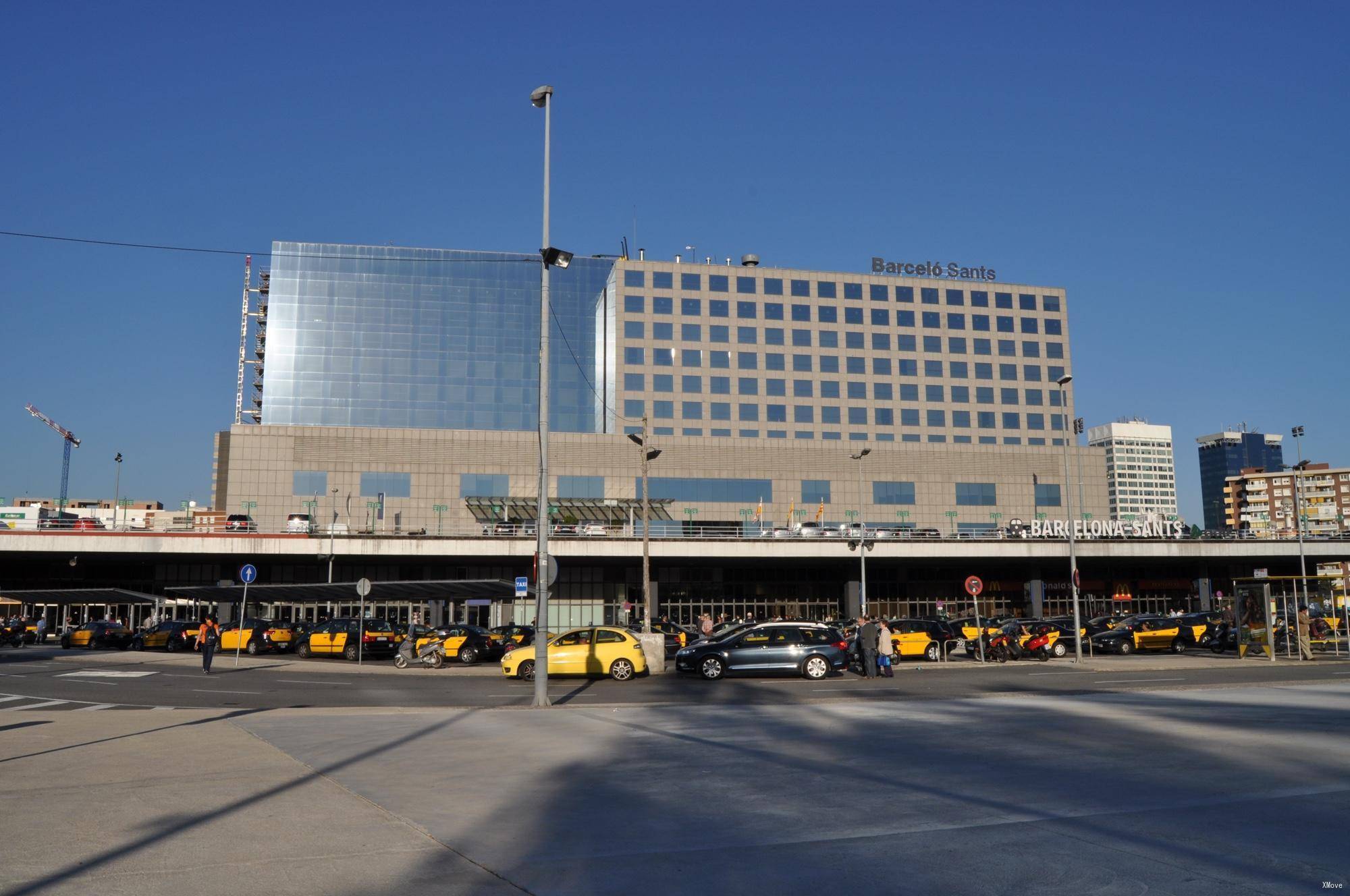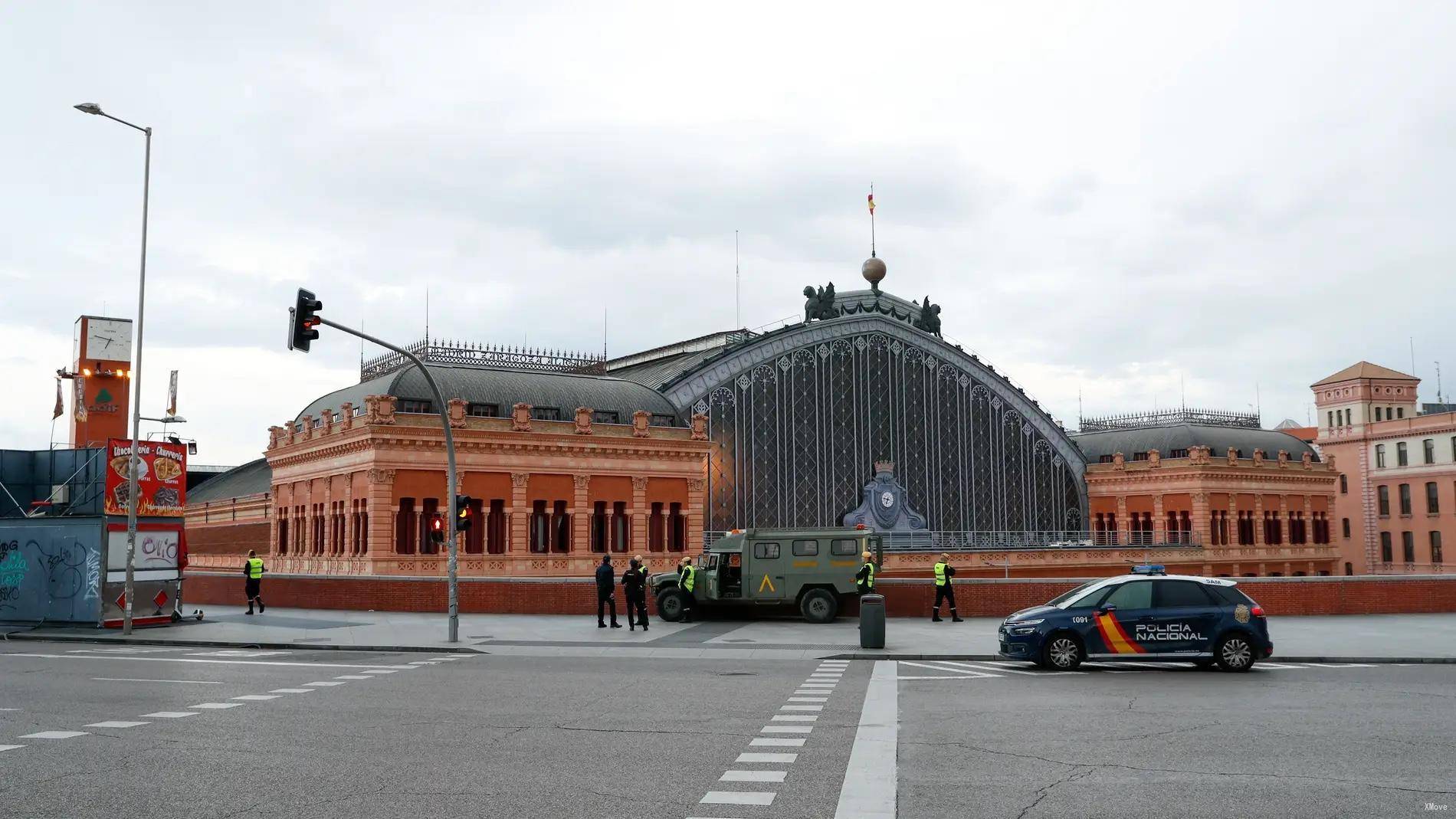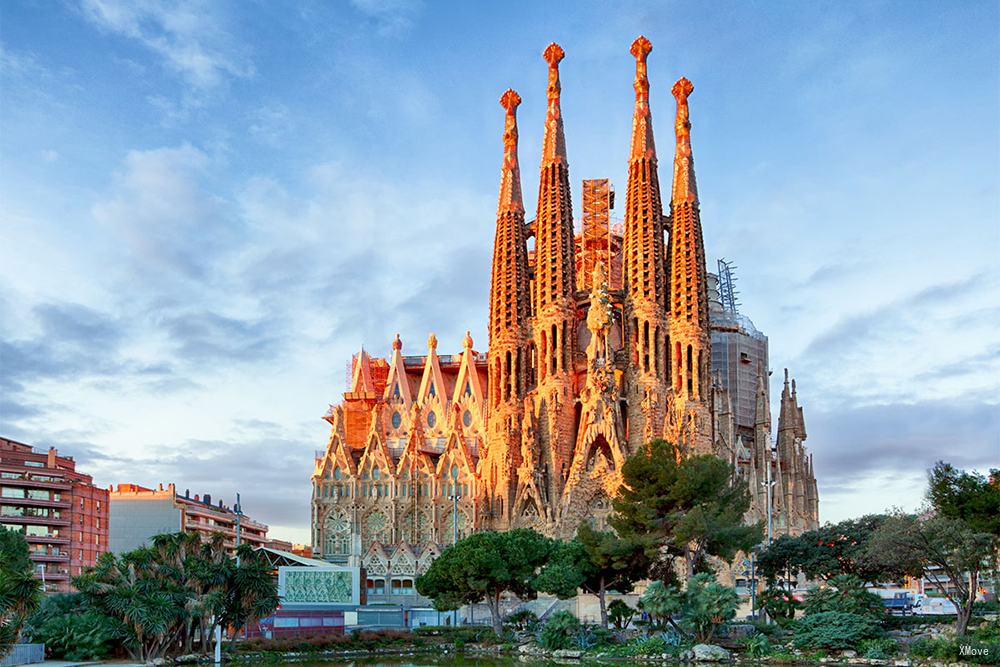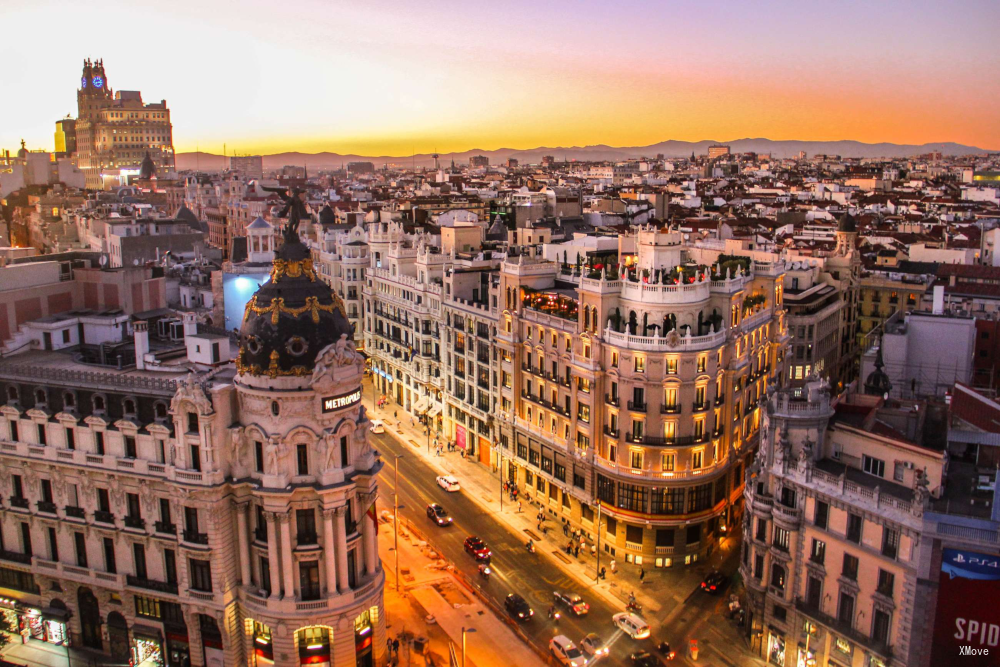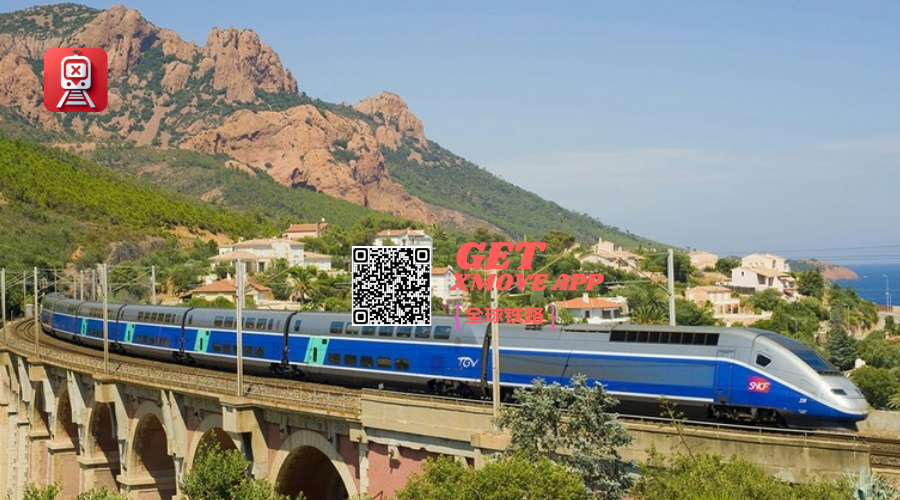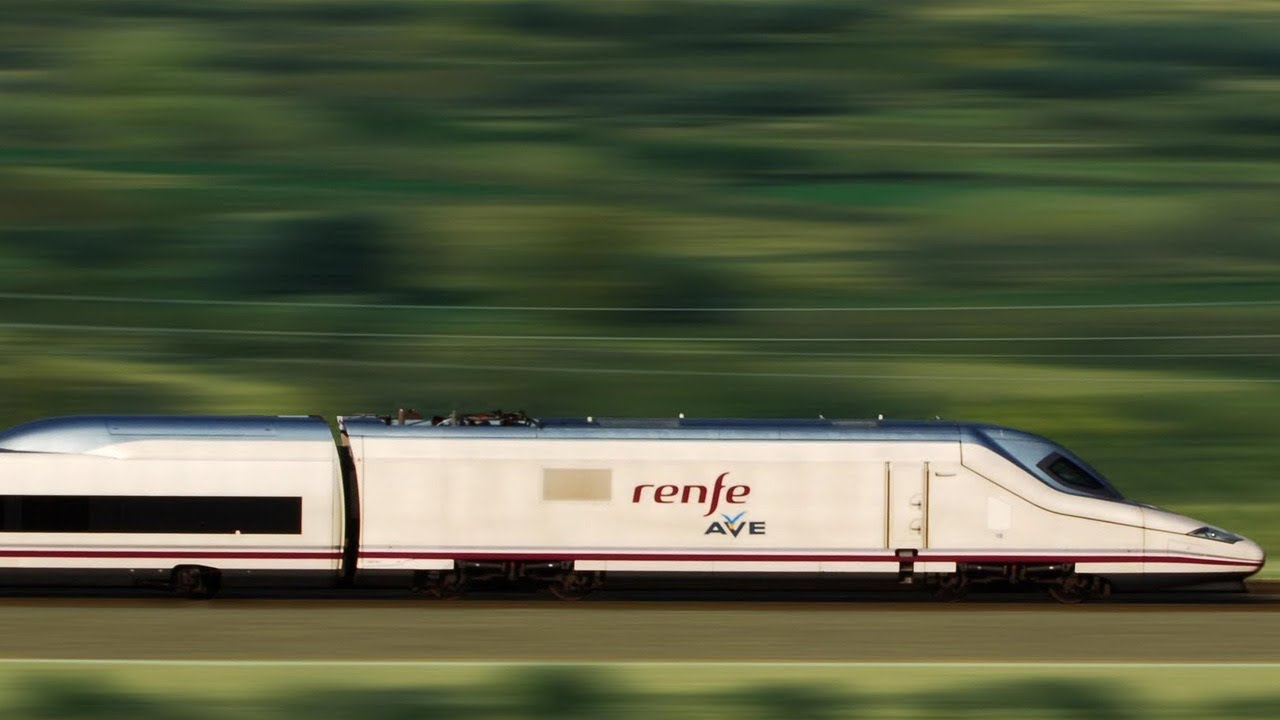Madrid
City Overview
Madrid is not as colorful as Barcelona. It is not as old-fashioned as London, and there is no infinite prosperity in Paris. In the eyes of many travelers, she is even a bit unremarkable. As the capital of Spain and the largest city, people can experience the blend of classical and modern in Madrid, experience football culture, bullfight culture, feel the influence of the Spanish royal family on the lives of the people, or linger in museums or taste all over Spain. Gourmet.
Must visit attractions
Prado Museum Museo del Prado
The Prado Museum is one of the best museums in the world and is the most visited attraction in Madrid. It is the best work in the history of Spanish art from the 16th to the 19th centuries, such as the works of Velázquez, Goya, Greco, and of course a large collection of works by foreign Renaissance painters, such as Venice, Italy. Titian of the painting school, Rubens of the German Baroque, Jeronimos Boss of the Dutch surrealist, and so on. The total number of works in the museum is now 27,509, of which 7,825 are oil paintings, and the number is dazzling.
Transportation: Take Metro Line 2 to Banco de España or Metro Line 1 to Atocha Station.
Madrid Royal Palace
The Royal Palace of Madrid is the largest royal palace in Western Europe, with 3,418 rooms inside, each with its own character. There are a lot of beautiful oil paintings, collectibles, weapons, porcelain, watches, gold and silver items. One of the most important works is the five-piece violin made by Antonio Stradivari, one of the greatest string instrument makers in history, and exhibited in the concert hall of the Royal Library. In addition, there are collections of paintings by the famous Spanish painter Velázquez and Goya, and the paintings of the famous Italian Baroque painter Caravaggio.
Until today, the palace is still the official royal residence.
Transportation: Take Metro Lines 2 and 5 to Ópera Station and head west to cross the Royal Opera House and Oriental Plaza.
Puerta del Sol Puerta del Sol
The square originated as a gate of Madrid in the 15th century, named after the city facade in the direction of the rising sun. The earliest building on the square was the old postal building of the 18th century, today the government building of the Madrid Autonomous Region, which was the National Security Headquarters during the Franco period. It may be worthwhile to pay attention to the semi-elliptical dark windows in the lower part of the building. This year was the prison for the recidivism against Franco. On the ground near the road in front of the building, it is the “zero kilometer” sign, which is the center of the Spanish national road network.
Transportation: You can choose to take the subway lines 1, 2 and 3 and get off at the Sol station.
Gourmet & Accommodation & Shopping
Gourmet
As a capital, you can taste delicacies from all over Spain in addition to the local specialties stewed beef, Castilian soup, Segovia roast suckling pig, Valencia paella, even Spain Basque cuisine in the north. Restaurants and taverns are everywhere, and the palace and the Puerta are the most dense.
Accommodation
There are a lot of hostels in Madrid, ranging from general-purpose B&Bs to high-end five-star hotels. Many mid-priced hotels, concentrated in Puerta del Sol to the Gulangwei Avenue, are popular with young tourists and are close to Atocha Railway Station. Large hotels are very convenient for travelers who travel to the suburbs for a day trip.
Shopping
Madrid's main shopping districts are concentrated in the area around Puerta del Sol to the Ka Yao Plaza and around Serrano Street. There are a variety of affordable fashion stores near the Puerta del Sol, in line with the general public's consumer market; as for Serrano Street, it is the world of famous boutiques, and it is often seen that locals dressed in Chinese costumes shop here.
Urban traffic
Public transportation in the city of Madrid is very convenient. Metro, intercity trains, buses, night trains, light rails, etc. form a complete transportation network, which can be used to reach the destination in the day or night.
The length of the Madrid Metro is second only to London in Europe. It currently has 12 lines, 3 light rails, and the R-line connecting the city centre Ópera station and the Príncipe Pío station. Each line is labeled with a different color to facilitate passengers. You can check the line, timetable, transfer and other information on the official website. Download the PDF version of the map, click: www.metromadrid.es
Running time: Monday to Sunday 6:05 - 2:00 am the next day. During the peak period (8:00-22:00), the interval between departures is 3-4 minutes, and the frequency of departures at night and weekends is reduced, and the interval can be up to 15 minutes.
Tickets: 1.5-2 Euro for a single ticket (0.1 Euro per station after 5 stations), 12.2 Euros for 10 tickets, and 5 Euros for the 8th line to and from the airport.
Madrid - Guide, Attractions, Tours, Sightseeings | Train from/to Madrid | Popular Routes





